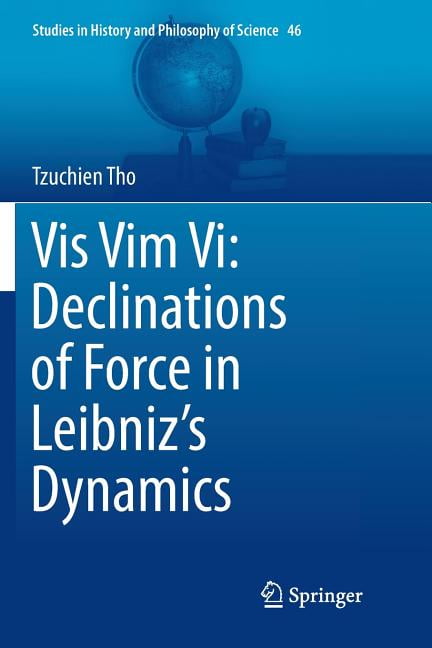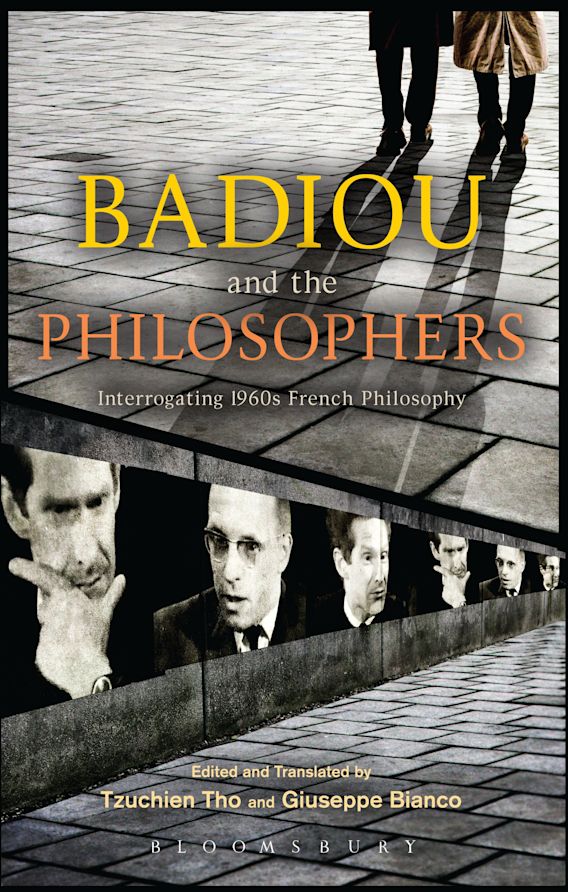


This article aims to interpret Leibniz’s dynamics project through a theory of the causation of corporeal motion. Focusing on three instances of Leibniz’s treatment of contingency in physics, this paper argues that, in order to account for the contingency of physical laws, Leibniz maintained that final causes, in addition to efficient and mechanical ones, must operate in physical processes and operations. Hence the actuality of physical laws results from a causal power that is inherent to substances rather than being the mere consequence of the way God arranged the relations between physical objects. On the contrary, Leibniz understood the status of natural laws as arising from the action internal to physical substances. However, in addition to this, the contingency of natural laws does not consist only in the fact that God has chosen them over other possible ones. As a consequence, the set of laws that regulate the physical laws could have been created otherwise by God. ) the use of the principle of sufficient reason, physical laws are not strictly determined by geometry and therefore are logically distinct from geometrical laws. While geometrical truths, being necessary, do not require (. For Leibniz, the contingency of physical laws entailed the assumption of the existence of an additional form of causality beyond mechanical or efficient ones. The core of Leibniz’s investigation of the modality of natural laws lays in the distinction between necessary, geometrical laws on the one hand, and contingent, physical laws of nature on the other. This paper focuses on Leibniz’s conception of modality and its application to the issue of natural laws. In turn, I suggest that these infinitesimal “fictions” pointed to a problematic within Leibniz’s work that was conceived and reconsidered in Leibniz’s work from a range of different contexts and methods. In treating these equivocations, I critique some assumptions that underlie the reductive reading of Leibniz’s fictionalism concerning infinite and infinitesimals. I analyze this by looking at Leibniz’s constructive method and apagogic argument style in his quadrature method. The second equivocation is the association of the rigor of mathematical demonstration with the problem of the admissibility of infinite or infinitesimal terms. ) the syncategorematical infinite and infinitesimal. I analyze this equivocation by criticizing the logicist influence on 20th century Anglophone reception of (. The first equivocation is the association of a foundation of infinitesimals with their ontological status. These equivocations form the background of a reductive reading of infinite and infinitesimal fictions either as ultimately finite or as something whose status can be taken together with any other mathematical object as such. In this article, I address two different kinds of equivocations in reading Leibniz’s fictional infinite and infinitesimal.


 0 kommentar(er)
0 kommentar(er)
